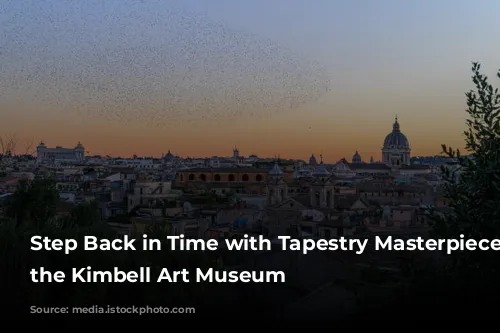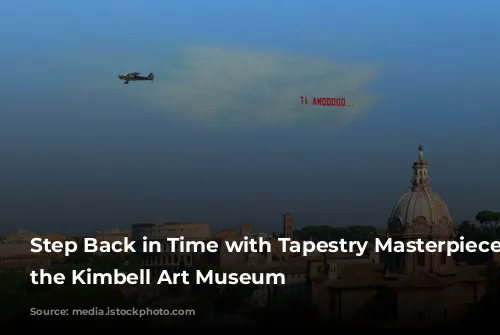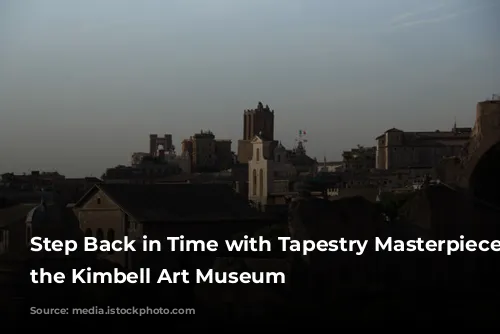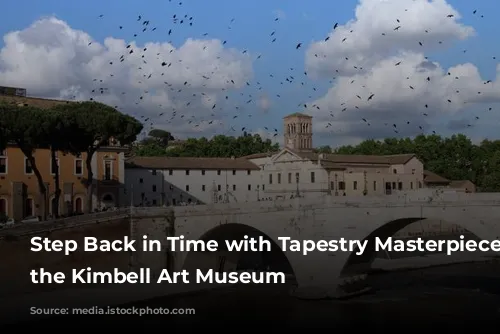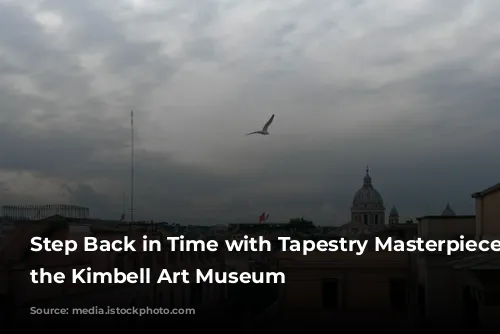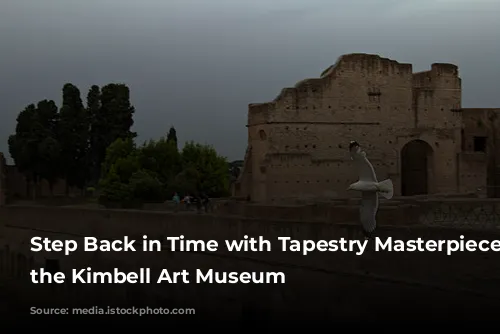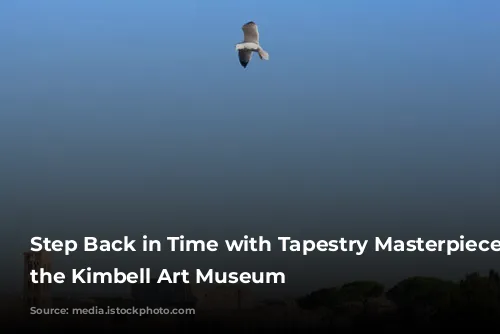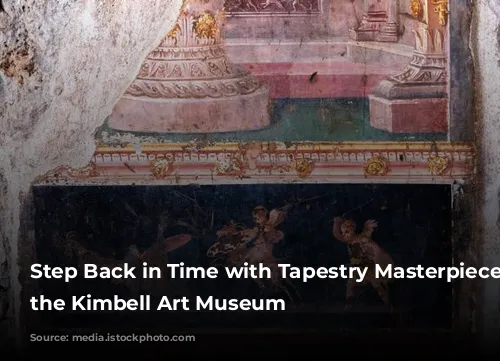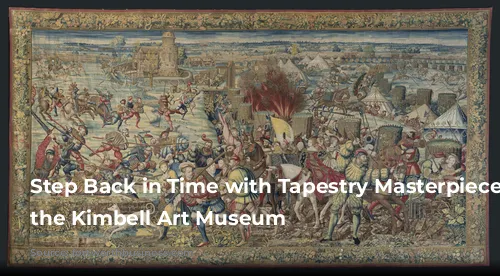The Kimbell Art Museum has unveiled a stunning new exhibition, “Art and War in the Renaissance: The Battle of Pavia Tapestries,” showcasing seven magnificent tapestries that tell the story of a pivotal moment in history. These intricate works of art transport you back to the 16th century, immersing you in the world of Renaissance warfare.
The tapestries depict the Battle of Pavia, a conflict that saw the Holy Roman Emperor Charles V triumph over French King Francis I. These victories marked a significant shift in the Italian Wars, altering the course of European history. The tapestries are truly awe-inspiring, each measuring a staggering twenty-eight feet wide and fourteen feet high. Their monumental scale draws you into the intricate details of the battle, allowing you to witness firsthand the military advancements and fashion of the era.
“The Battle of Pavia tapestries are dazzlingly intricate works of fine art, powerful historical documents, and awe-inspiring visual narratives that will envelop visitors in early sixteenth-century art and history,” said Kimbell Art Museum director Eric Lee. The Kimbell is the first museum in the United States to host this collection of seven masterpieces, a testament to the museum’s commitment to showcasing exceptional art and history.
A Tapestry of Conflict
Each tapestry captures a different episode of the Battle of Pavia, offering a glimpse into the intense and chaotic nature of the conflict. One tapestry depicts the imperial baggage train arriving on the battlefield and the surrender of the Swiss pikemen who fought for the French army. Another focuses on the surrender of Francis I himself, a pivotal moment that shifted the tide of the war.
Two tapestries showcase the massive confrontations between the opposing forces, highlighting the revolutionary military technology of the time – the first use of barrel-loaded firearms. These weapons gave the imperial army a distinct advantage over the French troops, dramatically changing the landscape of warfare.
Other tapestries depict the imperial army invading the French camp, forcing civilians to flee, and the fierce attack led by imperial loyalists from within the besieged Visconti Castle, which ultimately defeated the Swiss Guard serving Francis I. Finally, one tapestry depicts the flight of Francis I’s brother-in-law, the Duke of Alençon, and his troops as they face the unstoppable Spanish army under Charles V.
A Glimpse into History
Imagine the scene when these tapestries were first displayed – a breathtaking panorama of color and detail, capturing the grandeur and drama of a battle that forever changed the course of history.
Designed by court artist Bernard van Orley and woven in Brussels by Willem and Jan Dermoyen, the tapestries are a testament to the artistry of the Renaissance. The intricate details are woven in deep, vibrant hues and luxuriously highlighted with gold.
Each tapestry is teeming with figures, from richly adorned military leaders to horsemen and mercenary foot soldiers armed with swords, pikes, and firearms. The landscapes are equally captivating, with rolling hills, charming towns, and dense forests, adding depth and realism to the scenes.
A Collaboration of Art and History
The exhibition is a collaborative effort, organized by the Museo e Real Bosco di Capodimonte and The Museum Box, in partnership with the Kimbell Art Museum, the Fine Arts Museums of San Francisco, and The Museum of Fine Arts, Houston.
A comprehensive 208-page, full-color illustrated catalogue accompanies the exhibition, offering insightful essays and contributions from leading scholars in the field of art and history.
Don’t miss this opportunity to experience the remarkable “Art and War in the Renaissance: The Battle of Pavia Tapestries” at the Kimbell Art Museum. The exhibition runs through September 15th, offering a captivating glimpse into the world of Renaissance art and history.

